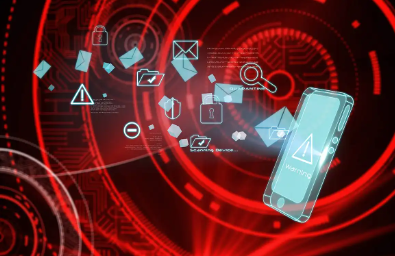Integrating Threat Detection and Response Solutions into Your Security Strategy

Nowadays, cyber threats are evolving at an unprecedented rate. Organisations are under constant pressure to protect their data, infrastructure, and reputation. To stay ahead of these, a strong security strategy is essential. One of the most critical components of this strategy is the integration of threat detection solutions.
The Need for Threat Detection and Response
Threat detection and response solutions are generally designed to identify, analyse, and mitigate cyber threats in real-time. These solutions encompass a range of processes that work together to offer comprehensive security coverage. The primary goal is to detect issues before they can cause significant damage and to respond effectively to mitigate any potential impact.
Integrating such solutions into a security strategy involves more than just deploying the latest tools. It requires a proper approach that includes the right technologies, processes, and skilled personnel. The integration must be seamless to ensure that all components work together efficiently.
Importance of Real-Time Detection
Nowadays, real-time detection is vital. Cyber threats can manifest quickly, and the damage can be extensive if not addressed immediately. Real-time detection allows organisations to identify issues as they occur, enabling swift action to prevent or minimise damage.
Effective real-time detection relies on advanced technologies such as AI and ML. These technologies can analyse massive data quickly, identifying various patterns and anomalies that may indicate an issue. By using these advanced technologies in the security strategy, organisations can significantly enhance their ability to detect and respond to threats in real-time.
Enhancing Response Capabilities
Detection is only one part of the equation – the ability to respond effectively to identified threats is equally crucial. A well-integrated detection solution includes automated response mechanisms that can take immediate action when an issue is detected. This could involve isolating affected systems, blocking malicious traffic, or deploying patches to vulnerable systems.
Automation plays a key role in enhancing response capabilities. By automating routine responses, security teams can focus on more complex threats that require human intervention. Additionally, automation ensures that responses are executed quickly, reducing the risk of human error.
The Role of Threat Intelligence
Threat intelligence is a vital part of an integrated detection and response solution. It involves collecting and analysing data on current and emerging issues, providing valuable insights that can inform security strategies. Threat intelligence helps organisations understand the landscape, identify potential vulnerabilities, and develop proactive measures to protect against cyber issues.
Integrating threat intelligence into the security strategy enhances the ability to detect and respond directly to issues. By leveraging it, organisations can stay ahead of cybercriminals, anticipating and mitigating issues before they can cause harm.
Continuous Improvement and Adaptation
The cyber threat world is always changing, and security strategies must evolve to keep pace. Continuous improvement and adaptation are essential for maintaining an effective security posture. This includes regularly updating and reviewing the security strategy, incorporating new technologies, and adapting to emerging issues.
Regular security assessments can help identify weaknesses and areas for improvement. By continuously evaluating and enhancing the security strategy, organisations can ensure they are well-prepared to defend against the latest issues.
Integrating such response solutions into a security strategy requires a comprehensive approach. This involves deploying the right technologies and establishing processes and policies that support effective management. Incorporating threat detection and response solutions into a security strategy is a vital step in protecting against cyber issues. By adopting a holistic approach that includes advanced technologies, skilled personnel, and robust policies, organisations can enhance their ability to detect issues in real-time. Continuous improvement and adaptation ensure that the security strategy remains important in the face of changing issues, providing a strong defence against cybercriminals.





